Subtotal: ₦179,985.00
Extraordinary FF433 20KM drone Remote control Range Extender
₦90,400.00
The Extraordinary FF433 20KM Drone Remote Control Range Extender is a specialized device designed to significantly extend the remote control range of drones. Operating in the 433MHz frequency band, it offers an extended range capability of up to 20 kilometers, depending on environmental conditions and antenna configurations. This range extender enhances the reliability and stability of drone control signals, making it ideal for long-range missions and professional drone operations.
Key Features:
- Frequency Band: 433MHz
- Range Extension: Up to 20 kilometers (depending on conditions)
- Compatibility: Designed for compatibility with various drone models equipped with 433MHz remote control systems
- Antenna: High-gain directional antenna for improved signal strength and extended range
- Signal Amplification: Boosts transmitted signals for enhanced reliability and range extension
- Power Supply: Typically powered by drone battery or external power source
- Interface: Designed for seamless integration with existing drone remote control systems
Technical Specifications:
- Operating Voltage: Compatible with typical drone power systems (specific model details may vary)
- Modulation: FSK or other modulation schemes for robust signal transmission
- Antenna Connector: SMA or RP-SMA connector for external antenna connection
- Dimensions: Compact and lightweight design for easy integration with drones
- Operating Temperature: Suitable for various environmental conditions
Applications:
- Long-Range Drone Operations: Ideal for extending control range in professional drone missions.
- Aerial Surveying: Enables drones to cover larger areas for aerial surveying and mapping.
- Emergency Response: Facilitates long-range capabilities for search and rescue operations.
- Remote Sensing: Supports remote sensing applications requiring extended range and reliable data transmission.
In stock
Additional Information
| Weight | 0.133 kg |
|---|
Be the first to review “Extraordinary FF433 20KM drone Remote control Range Extender”
You must be <a href="https://hub360.com.ng/my-account-3/">logged in</a> to post a review.

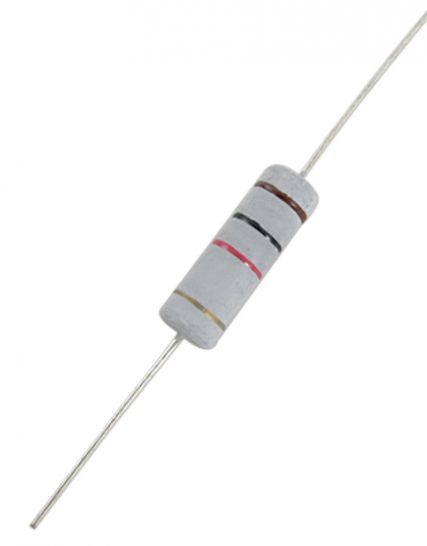









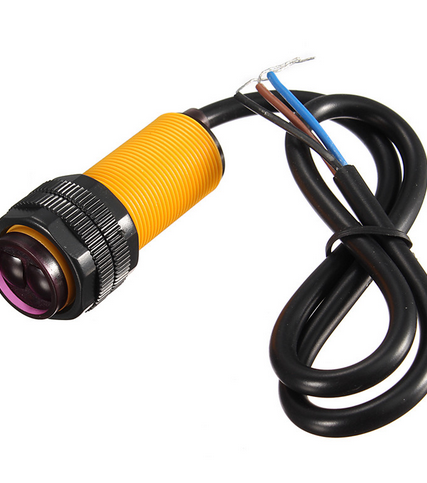


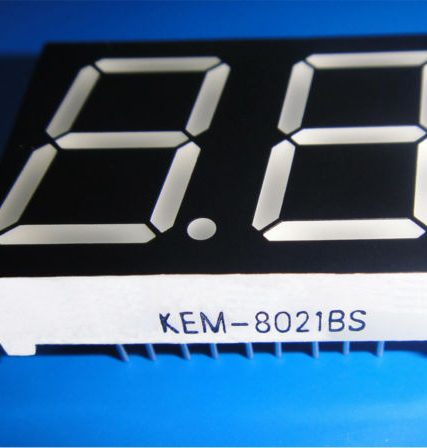





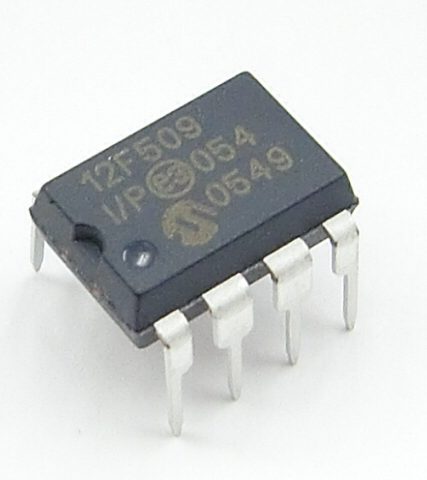

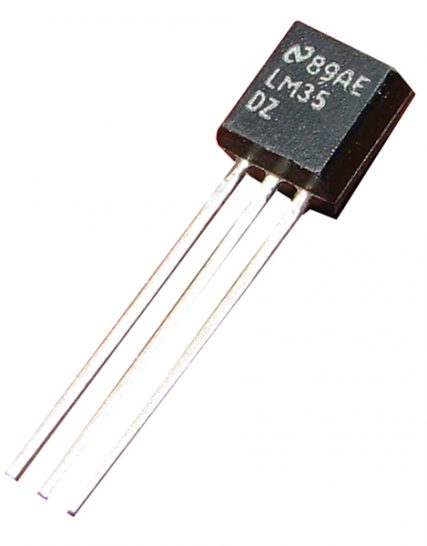

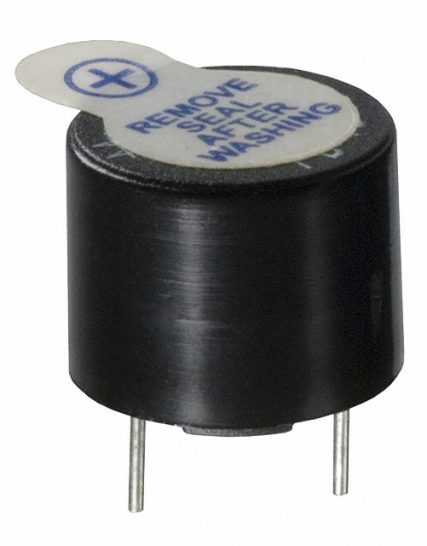



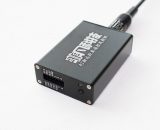
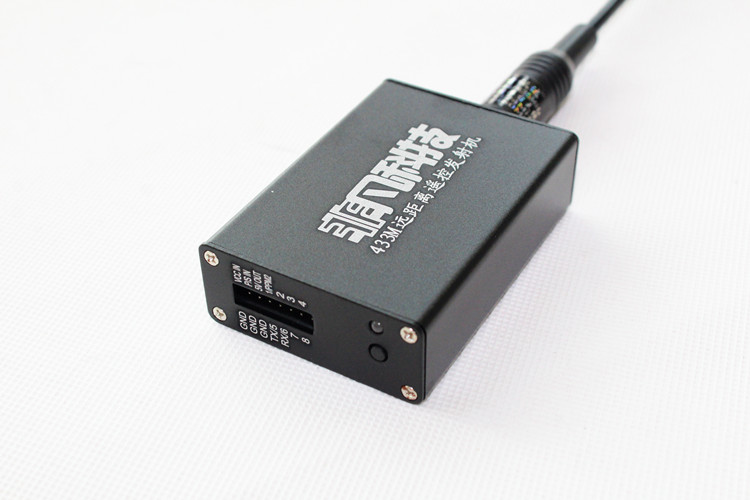
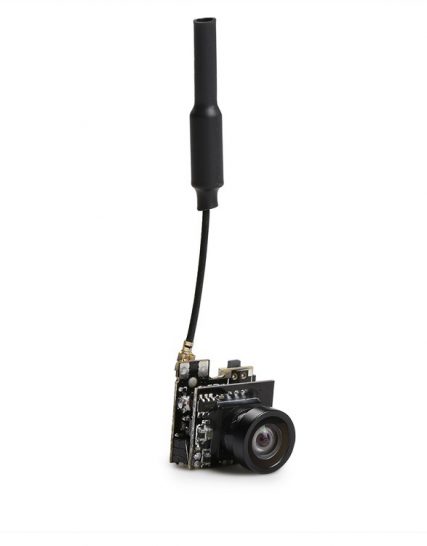
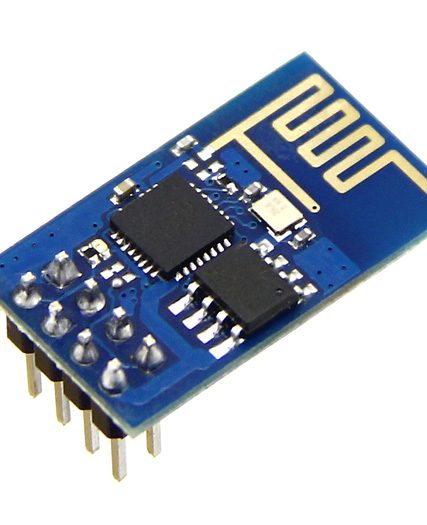

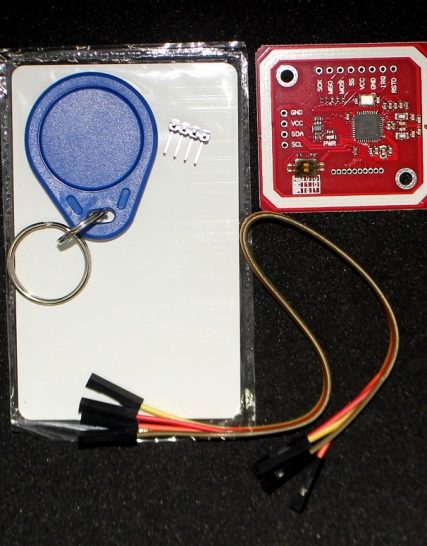
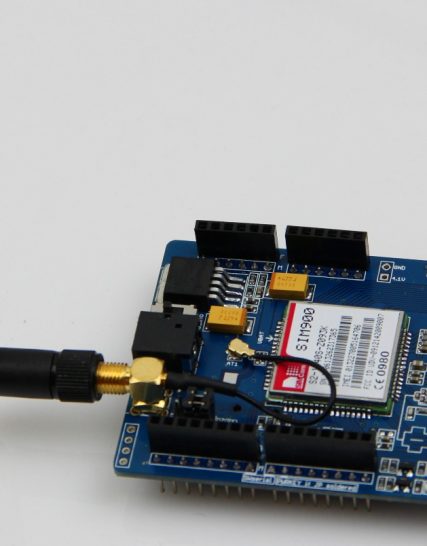

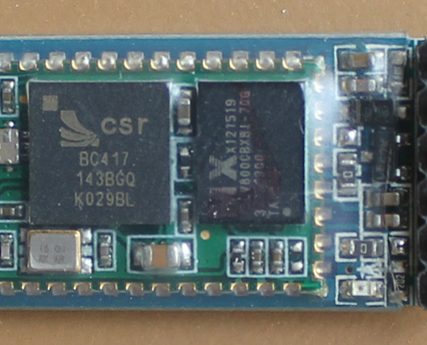
Reviews
There are no reviews yet.